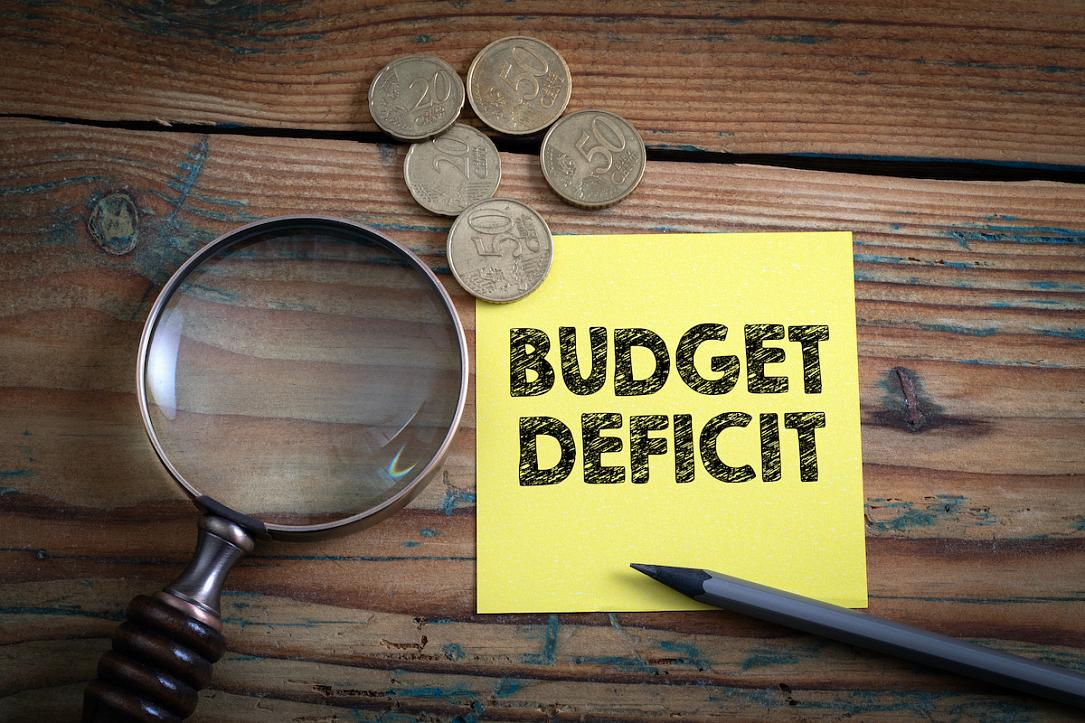Romania's Fiscal Council warns public deficit heads to 8% of GDP this year



Romania's general government budget deficit will probably exceed 7% of GDP (cash terms) and risks sliding towards 8% of GDP, the Fiscal Council (CF) warns in its annual report published on August 19.
The projection is based on H1 budget execution data and the Executive's plans to implement the new Pension Law after September 1.
CF urged the Government again to adjust its fiscal consolidation strategy to include higher revenues in addition to rationalizing public spending. It also urged the Government to draft and enforce a strategy (under the form of a law) to reduce the share of public debt in GDP, as required by the fiscal and budgetary responsibility law as the public debt to GDP ratio exceeded the 50% benchmark.
According to the CF, the budgetary-structural plan that the Government will send to Brussels in September 2024, which is necessary mainly due to the need for fiscal-budgetary consolidation, would inherently include measures to limit the public debt.
The draft budget planning for 2024 envisaged a deficit target of 5% of GDP, according to the national methodology (cash), and of 4.9% of GDP, according to the ESA 2010 methodology, representing a decrease of 0.6 percentage points (pp) and, respectively, 1.7 pp of GDP compared to 2023.
The CF assessed that, in the absence of sufficiently concrete and credible policies that would support the achievement of medium-term fiscal-budgetary consolidation on the revenue side, as well as increasing the level of collection, the balance of risks is clearly inclined in the direction of recording higher deficits than those foreseen by the fiscal-budgetary framework for the period 2025-2027.
At the same time, the CF emphasized that macroeconomic adjustment and fiscal consolidation need a significant increase in fiscal revenues.
The medium-term budgetary consolidation (an update is expected to be submitted to the European Commission by the end of the year) is anticipated to be achieved exclusively on the expenditure side, the share of budgetary revenues in GDP indicating a downward trend in the analyzed period.
According to the medium-term projected fiscal-budgetary framework, the budgetary consolidation in the period 2025-2027 will be carried out exclusively on the expenditure side (their share in GDP decreasing from 38.8% in 2024 to 34.7% in 2027), while the share of budget revenues in GDP indicates a downward trend (from 33.8% in 2024 to 31.8% in 2027).
CF emphasized that macroeconomic adjustment and fiscal consolidation need a significant increase in fiscal revenues, which are at an inadmissibly low level compared to Romania's needs, as well as compared to EU benchmarks.
The budgetary correction cannot be achieved exclusively by reducing expenses.
iulian@romania-insider.com
(Photo source: Dreamstime.com)